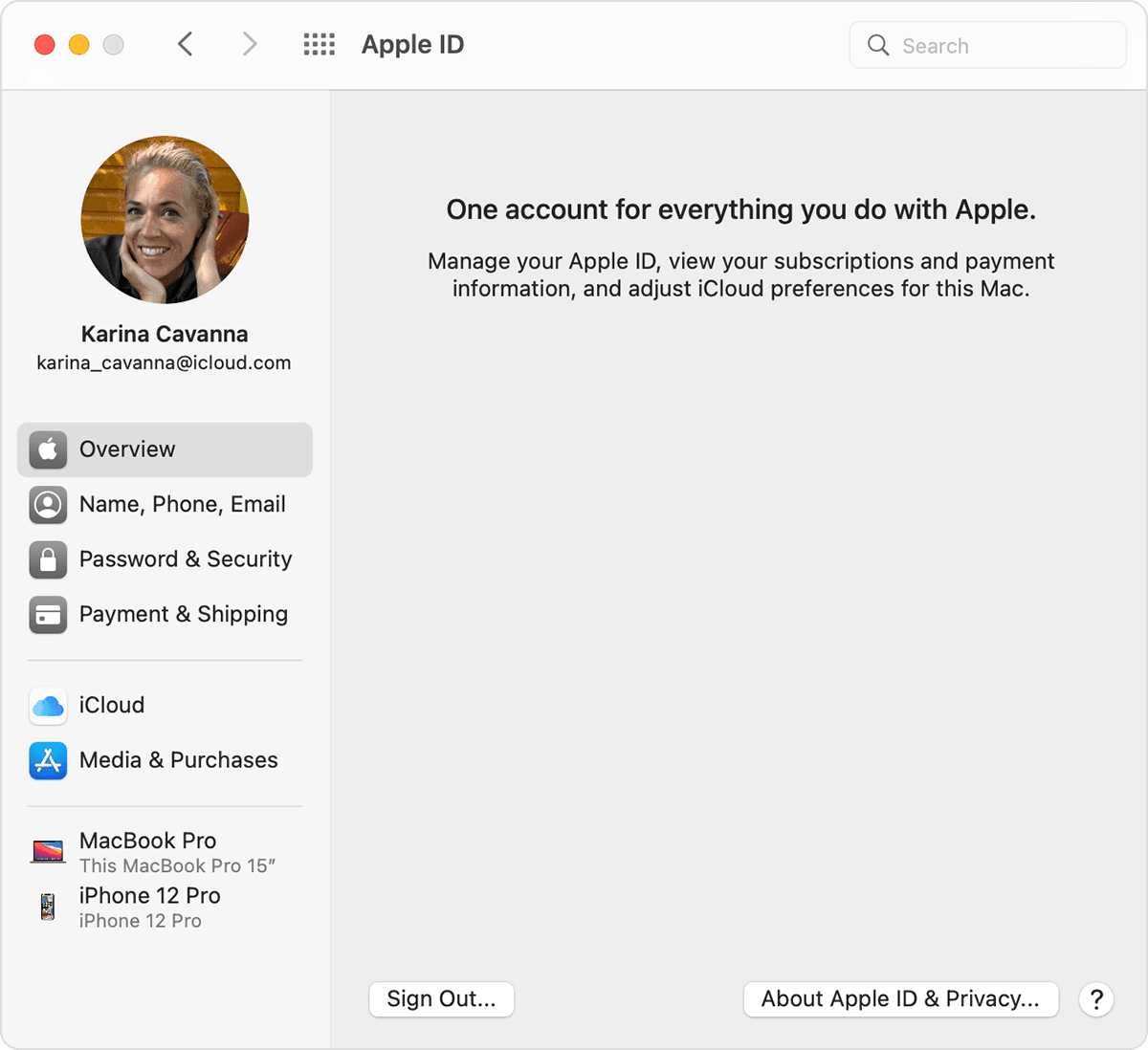
As the fact-checking site Snopes confirms, "if the recipient is an iPhone user who then requests a call back from Apple's legitimate customer support web page, the fake call gets indexed in the iPhone's recent calls list as a previous call from the legitimate Apple Support line."

It's why telephone scams supposedly from Microsoft support, which don't have the same trust-enhancing methodologies, tend to be less successful. This kind of brand recognition leverage is high on the phishing 101 list of ways to garner victim trust. Most commonly as far as this particular threat is concerned that will be Apple support, although I have been told by those on the receiving end of such calls that AppleCare and Apple customer service have also been used in an attempt to gain the trust of the victim.īy spoofing that number and displaying the Apple logo, the fraudsters hope that the person answering the call will be less suspicious than if they were taking an unsolicited call from a number they didn't recognize. The scammers employ caller-ID spoofing techniques so as to impersonate the real telephone number of the service they claim to be representing. They have more success because most people still aren't expecting voice to be used in such social engineering scams.

The telephone calls are straightforward phishing, the same as you will have seen countless times in your email no doubt.


 0 kommentar(er)
0 kommentar(er)
